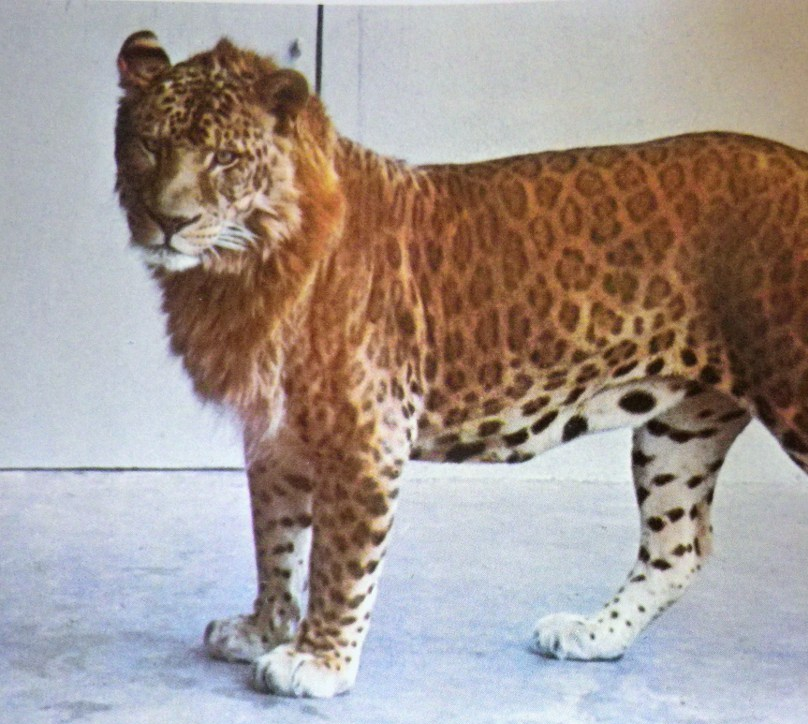

The crosses led to offspring with an even split of parental genetic material, and typically those offspring then repeatedly bred with one of the original parent species, while still retaining genetic material from the other parent species. In 1938, Edgar Anderson and Leslie Hubricht laid out the idea of introgression to describe the hybridization of species of herbaceous perennial wildflowers of the Tradescantia genus.

Hybridization’s benefits are not a new ideaĪs far back as the 1930s, botanists realized that hybridization plays a role in the evolution of plant species. Snowshoe Hares Borrow from Black-Tailed Jackrabbits “We’re beginning to realize that hybridization exists in the evolutionary history of many organisms we didn’t expect it to, including Homo sapiens,” Scott Taylor, an evolutionary ecologist at the University of Colorado Boulder, tells The Scientist. They are not evolutionary dead-ends, and in some cases, may serve as evolutionary accelerators. If the hybrids can’t reproduce, they would seem to be irrelevant evolutionarily, but studies of the narluga and other naturally occurring hybrids have begun to hint that such offspring may not be the biological misfits they were once thought to be. That notion challenges naturalists’ traditional view of hybrids as the result of maladaptive crossings, such as when a female horse mates with a male donkey and gives birth to a sterile mule. In fact, they are common enough that natives of western Greenland have a word for the narwhal-beluga hybrid, itorsaq.īecause several narlugas have been spotted before, researchers suspect that the creatures may be fertile, and that some narlugas may be the product of two narluga parents rather than one beluga and one narwhal. The hunter said he’d seen it with two other similar-looking whale creatures, and he, apparently, isn’t the only one to have seen a narluga. The skull, it turned out, was the first-ever confirmed narluga, the son of a beluga dad and a narwhal mom.Ī deeper dive into the history of the skull (it had been found fixed atop a hunter’s home) revealed that this animal may not have been the only one of its kind. Working with a team of collaborators, she extracted genetic material and compared it with DNA from the teeth of narwhal and beluga specimens in the museum. When Lorenzen became director of the museum in 2015, she decided to examine the skull more closely. But the 30-year-old specimen, hidden away in the basement of the Natural History Museum of Denmark at the University of Copenhagen, didn’t have a tusk at all. Of the 18 chompers lining the front of the skull’s mouth, some were twisted, not unlike a narwhal’s tusk. The whale’s teeth were what had caught molecular ecologist Eline Lorenzen’s attention. Other than some records of fertile mules, the only recorded fertile animal hybrid is the coywolf (wolf-coyote hybrid).This liger cub and other hybrid animals were thought to be biological rarities, but recent studies have revealed cross-species animals are more common than once thought. Although most of these pairings are sterile, there is a possibility that some may reproduce (although rare). In fact, the rise and heightened concern regarding global warming is currently inciting the crossing of plants of different species as a form of survival. For example, if chromosome 1 of the father corresponds to fur color, and chromosome 1 of the mother corresponds to tail size, the genetic load does not manufacture correctly, which means that the movement of genes is tampered with.ĭespite all of this aforementioned information, fertile hybridization is possible in plants. Additionally, each chromosome which corresponds to a specific characteristic, may not match that of the other parent. However, when dealing with animals of two different species, the number of chromosomes may not be the same. During miosis the paternal chromosomes duplicate and take on the genetic load of both parents, which defines specific characteristics, such as coat color, size, etc. This is otherwise known as a cell division which occurs during sexual reproduction to give rise to a new genome. But, why can’t hybrid animals reproduce?Įach and every species has a specific chromosomal load that is transmitted to offspring, but that also needs to coincide at the cellular level during the process of miosis.

Among the most common characteristics of hybrid animals is that most are sterile, meaning they cannot birth new offspring.


 0 kommentar(er)
0 kommentar(er)
